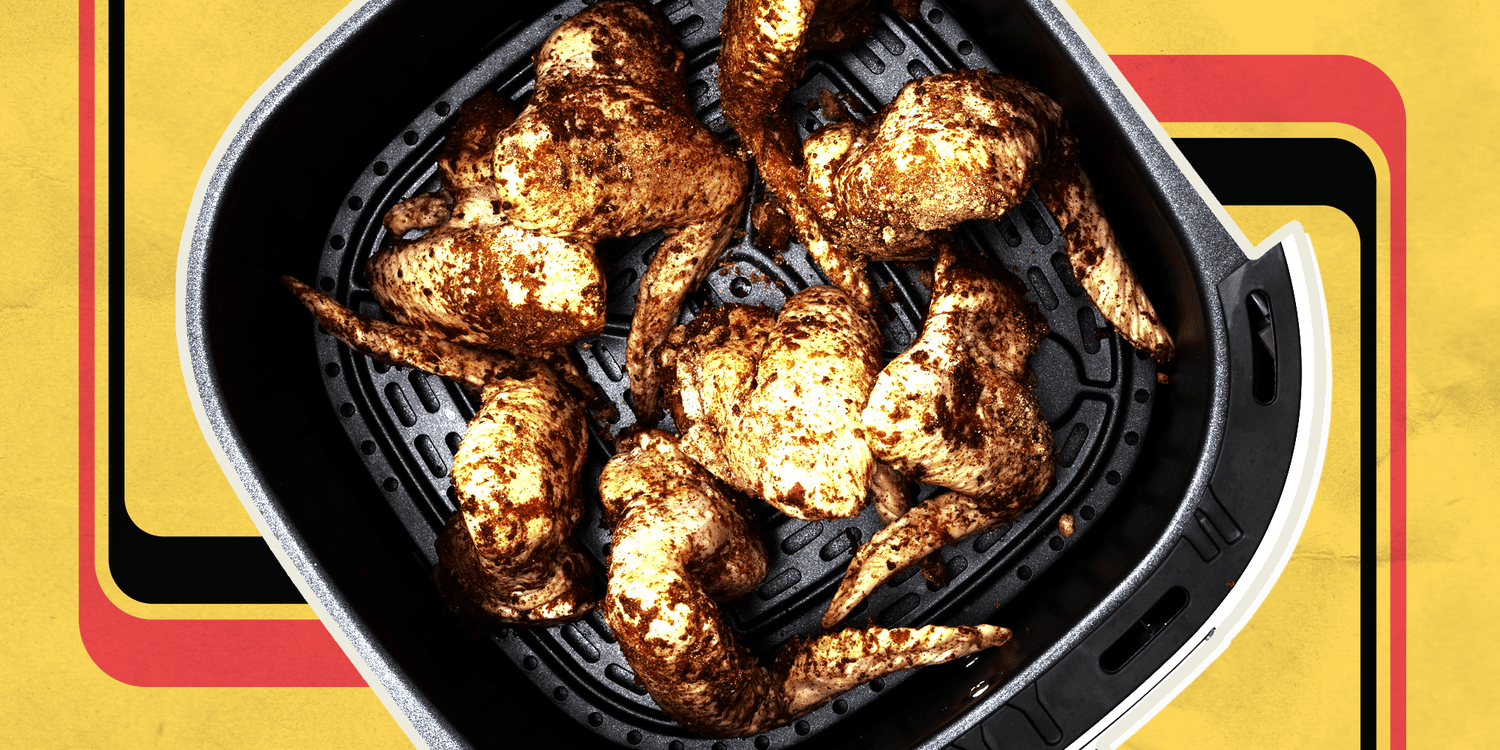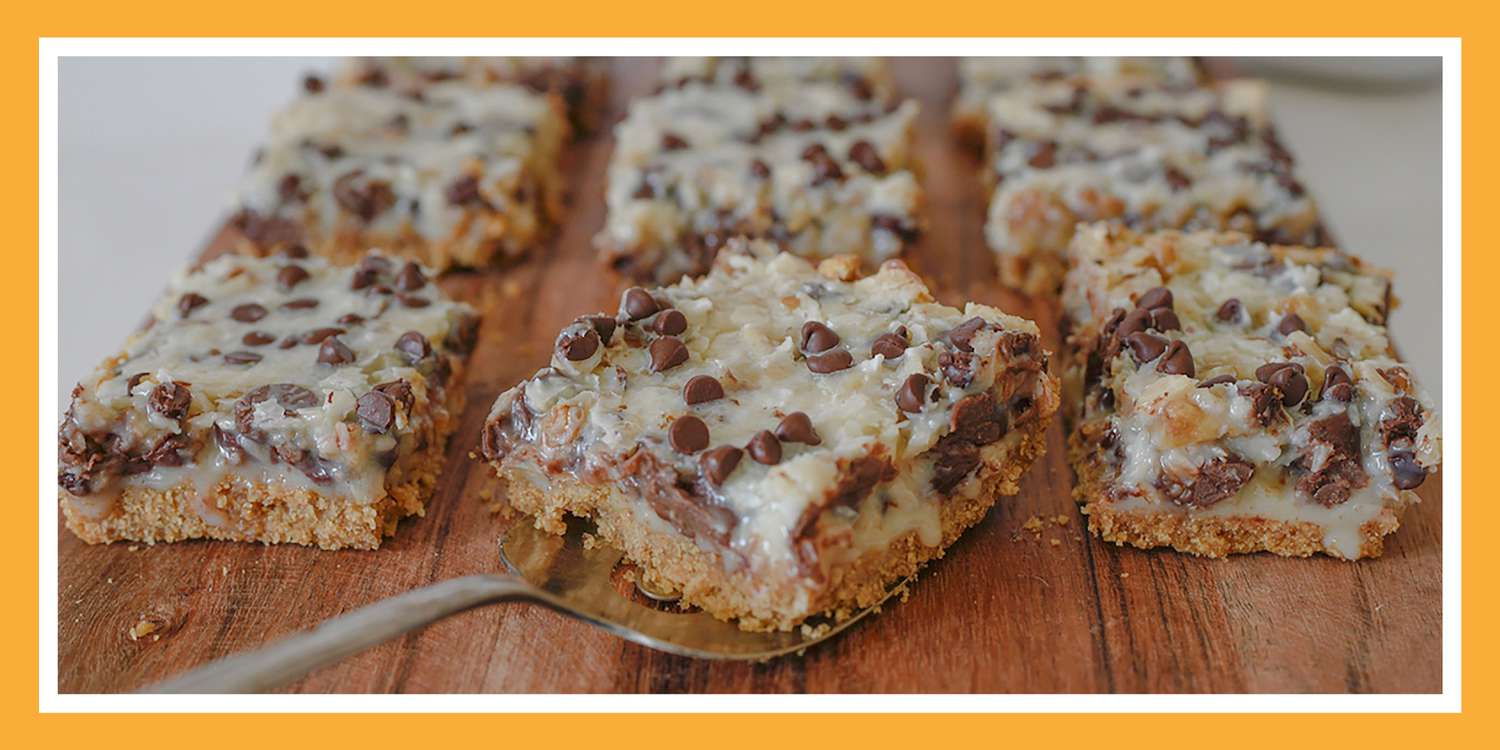A lot of people grade the quality of their chicken wings by the flavor of the sauce they’re slathered in, but I judge them by their crispiness. Salt-and-pepper dry rub on a wingette with skin so crackly that it makes a pleasant crunch as I bite into it? Perfection.
My views on chicken wings were undoubtedly shaped by the years my sister worked as a hostess for Buffalo Wild Wings. The fast-casual chain offers both bone-in and boneless wings in 22 different seasonings and sauces, and over the two years that she worked there, we tasted them all—each more than once. While the dry seasoning menu is far shorter than the sauces (only 5 options vs. 17 saucy ones), I found the dry wings that were seasoned with lemon pepper or salt and vinegar to be far superior to their saucy cousins.
It’s been more than a decade since my sister regularly brought home wings after work, but my chicken wing preferences have stayed the same. It’s not that I’ve never enjoyed sauced chicken wings, and I have nothing against the city of Buffalo, which pioneered the concept of cooking wings in a peppery hot sauce (Go Bills!). I’ve devoured wings covered in all kinds of sauces—Buffalo, honey barbecue, soy garlic sauce, you name it. It’s just that I prefer a dry chicken wing to a wet one.
Why Dry Wings Are Superior to Wet Wings
I think chefs and cooks too often douse their wings in flavorful sauces to cover up any missteps, using sauce as a scapegoat for poor cooking techniques. Perhaps you left the wings in the oven too long. Did your air fryer cook them unevenly? Is the skin not crisping up enough? Did you think you could give the wings a bath in Buffalo sauce and nobody would be able to tell that you didn’t fully defrost the frozen wings before tossing them into the oven or pot? Well, I can.
And while it might seem like sauced wings are more work (that sauce step!), dry wings take more focus. Technique is key: You need to diligently pat away any moisture on the raw chicken so the meat can absorb the rub. You dip the wings into your seasoning, which can be any mixture of sweet, savory, spicy or umami spices. That step yields better flavor: A dry seasoning sticks a whole lot better to chicken wings than any marinade or sauce can. It’s baked (or fried!) right in.
Think about wings like you think about steak. If the quality of the meat is good to begin with, it doesn’t need A.1. Sauce or barbecue sauce to taste good. To shine, all it needs is a healthy sprinkling of salt, pepper, and a bit of seasoning.
With dry-rubbed chicken wings, I can often count on crispy, crunchy skin and revel in being able to actually taste the flavor of the meat, not just the sauce it’s covered in. Plus, I don’t need to clean my soiled fingers with a wet towelette when I’m finished. What’s not to love?




